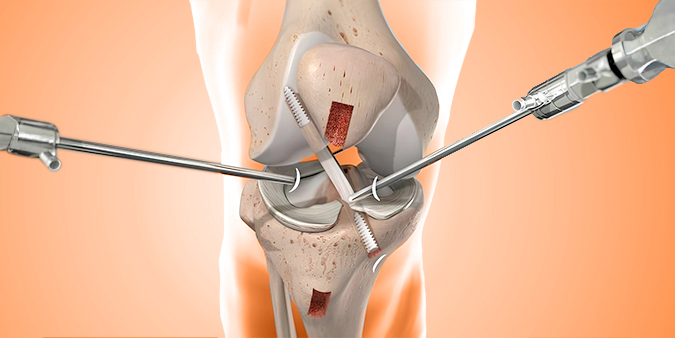
5 Things You Didn’t Know About ACL Tear Surgery and Recovery
Wednesday, 15th May 2024ACL (anterior cruciate ligament) surgery is a common procedure for athletes and non-athletes alike, aiming to repair a torn knee ligament and restore stability and function. While many are aware of the basics of ACL recovery, there are several lesser-known aspects that can impact the process and outcomes significantly.
1. The Type of Graft Used Can Affect Recovery
One of the lesser-known factors in ACL surgery is the type of graft used to reconstruct the torn ligament. Surgeons can use an autograft (tissue from the patient’s own body), an allograft (donor tissue), or a synthetic graft, and each type has its benefits and drawbacks. Autografts, using tissue from the patient's own patellar tendon or hamstring, are often favored for younger, active individuals due to lower rates of re-rupture and faster integration into the body. Allografts might be used for older patients or those undergoing revision surgery, as they can reduce surgical time and post-operative pain. The choice of graft can significantly affect the rehabilitation process and the timeline for returning to normal activities.
2. Prehabilitation Can Shorten Post-Surgery Recovery
Prehabilitation, or pre-surgery physical therapy, is becoming a crucial part of the ACL surgery process. Engaging in strength and flexibility exercises before the operation can enhance the condition of the knee, improving surgical outcomes. Patients who participate in prehab often experience a faster recovery, shorter rehabilitation periods, and a quicker return to their normal activities because their muscles are stronger and more resilient at the time of surgery.
3. Psychological Readiness is Critical
The psychological impact of ACL surgery is profound but often overlooked. Mental and emotional preparedness can influence recovery outcomes significantly. Patients who are mentally prepared for surgery and recovery tend to experience less pain, quicker rehabilitation, and a faster return to sport or daily activities. Techniques such as visualization, goal-setting, and mental resilience training can be as important as physical therapy in the recovery process.
4. The Risk of Developing Arthritis Is Higher
Even with successful ACL reconstruction and thorough rehabilitation, individuals who have had an ACL tear are at a higher risk of developing osteoarthritis in the knee. This risk is due to the initial trauma to the joint, changes in the biomechanics of the knee, and possible cartilage damage at the time of injury. Ongoing management strategies, including maintaining a healthy weight, regular exercise, and possibly using joint supplements, are important for long-term joint health.
5. Recovery Milestones Can Vary Widely
While there are general guidelines for ACL recovery timelines, individual recovery can vary widely based on factors like
the graft type, surgical technique, pre-surgery condition, and adherence to rehabilitation protocols. It’s important for
patients to understand that recovery is not a one-size-fits-all process and to maintain regular consultations with their
healthcare providers to adjust their recovery plan as needed. Celebrating individual milestones, rather than comparing
to standard timelines, can provide a more personalized and motivating recovery experience.
Understanding these nuances can help individuals preparing for or recovering from ACL surgery to manage their
expectations and contribute positively to their recovery process.


